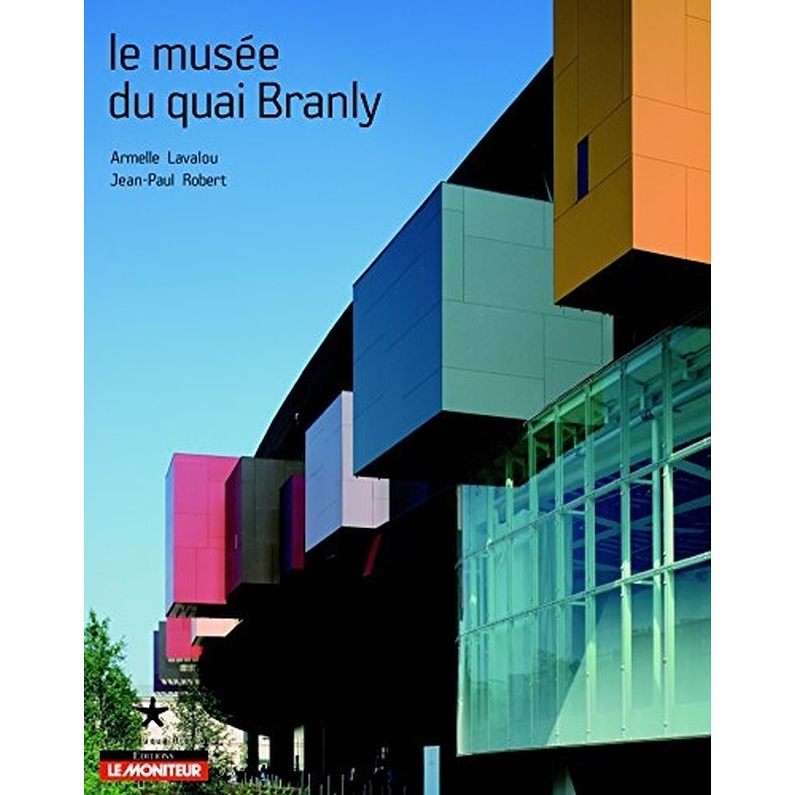Description
"The opening of the Quai Branly Museum is the culmination of a long-standing dream: first that of Claude Lévi-Strauss, then that of André Malraux, and finally that born of the meeting between Jacques Chirac, who has always been passionate about the arts from the ends of the earth, and Jacques Kerchache, author of the manifesto "Masterpieces from around the world are born free and equal in rights". From this common fervor for non-Western arts was born the idea of creating a place that would give minority cultures their rightful place in France's museum institutions. In 1995, the President of the Republic asked me to lead a think tank on this future museum. The project did not happen overnight; it has provoked debate, weathered storms, met detractors, and fueled passions. The enthusiastic reception that the public has given to the Quai Branly Museum since its opening is much more than a reward; it is the demonstration that such an institution responds to a real and legitimate expectation and that those who wanted it had understood this cultural necessity. The architectural project of the musée du quai Branly is atypical. It bears witness to the maturity of Jean Nouvel's work. Meeting specific requirements in terms of image, identity, accessibility and urban integration, and benefiting from an exceptional site in the shadow of the Eiffel Tower, it plays on emotion, disorientation and the joy of discovery. The building, with its innovative architecture, perfectly embodies the ambitions that were at the heart of this great project: tolerance, recognition and respect for differences. It is an affirmation of the refusal of a narrow conception of knowledge and of a hierarchy of the arts established to the detriment of the artistic productions of other continents, and it illustrates the commitment of France desired by Jacques Chirac in favor of cultural diversity. It is through contact with foreign artists, researchers and museologists that lasting ties with the international scientific and cultural community will be forged. It is also through contact with indigenous peoples that a more accurate understanding of how to present and bring to life their heritage will be forged. Let us hope that the exchange of these views and questions will nourish and enrich this young and beautiful institution.
Jacques Friedmann
Characteristics
- Number of pages
- 144
- Dimensions
- 21cm x 24cm

